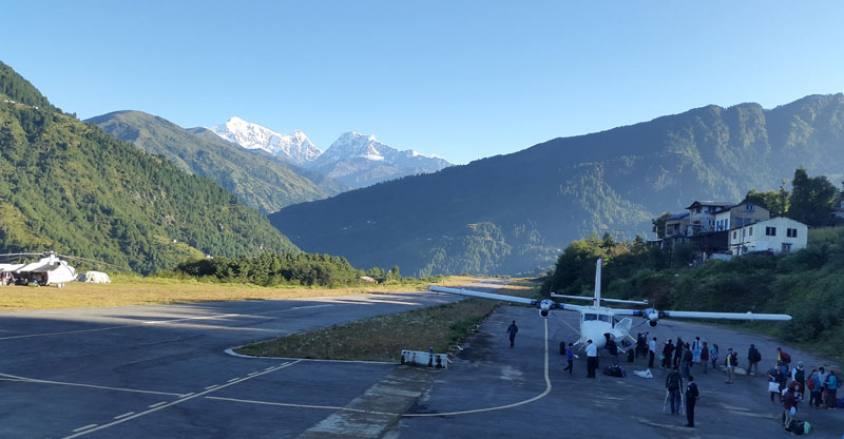Overview
Pisang Peak Climbing In 17 Days
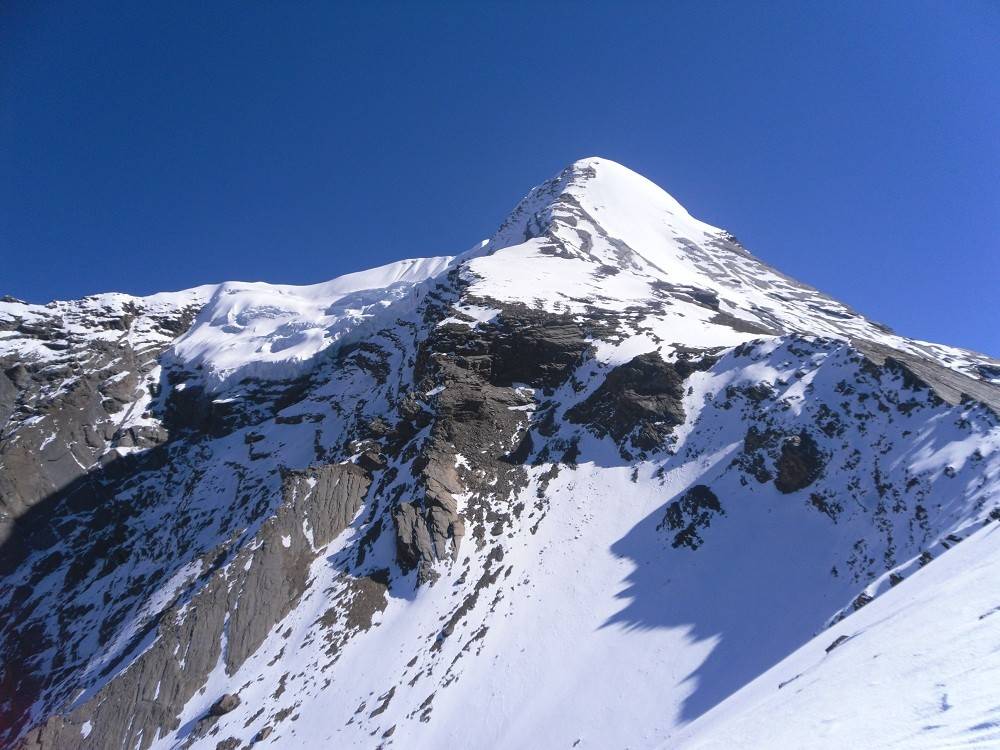
Pisang Peak Climbing involves trekking in the famous Annapurna region and sumiting Pisang Peak. Additionally, we also visit Muktinath and trek in the beautiful Manang region of Nepal. Our 18-day journey begins in Kathmandu where we meet our climbing leaders/guides and fellow climbers. We drive to Dharapani the next day and begin trekking from there. We enjoy views of Annapurna, Tilicho and Gangapurna on our trek leading to Pisang Peak and summit the peak on the ninth day of our journey. The views of the Annapurna ranges, Dhaulagiri and other Himalayas from the top are magnificent. On our way back we follow the route that leads us to crossing Muktinath which is an important pilgrimage site for Nepalese people. We cross Thorong La Pass which is the highest mountain pass in the world to reach Muktinath. Our Pisang Peak itinerary also includes the beautiful Jomsom region which will be a worthwhile experience. From Jomsom, we fly to Pokhara and drive to Kathmandu from there, ending our amazing trip in Nepal.
ACCOMMODATION
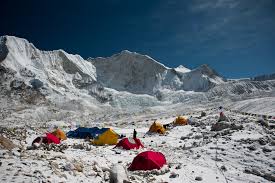
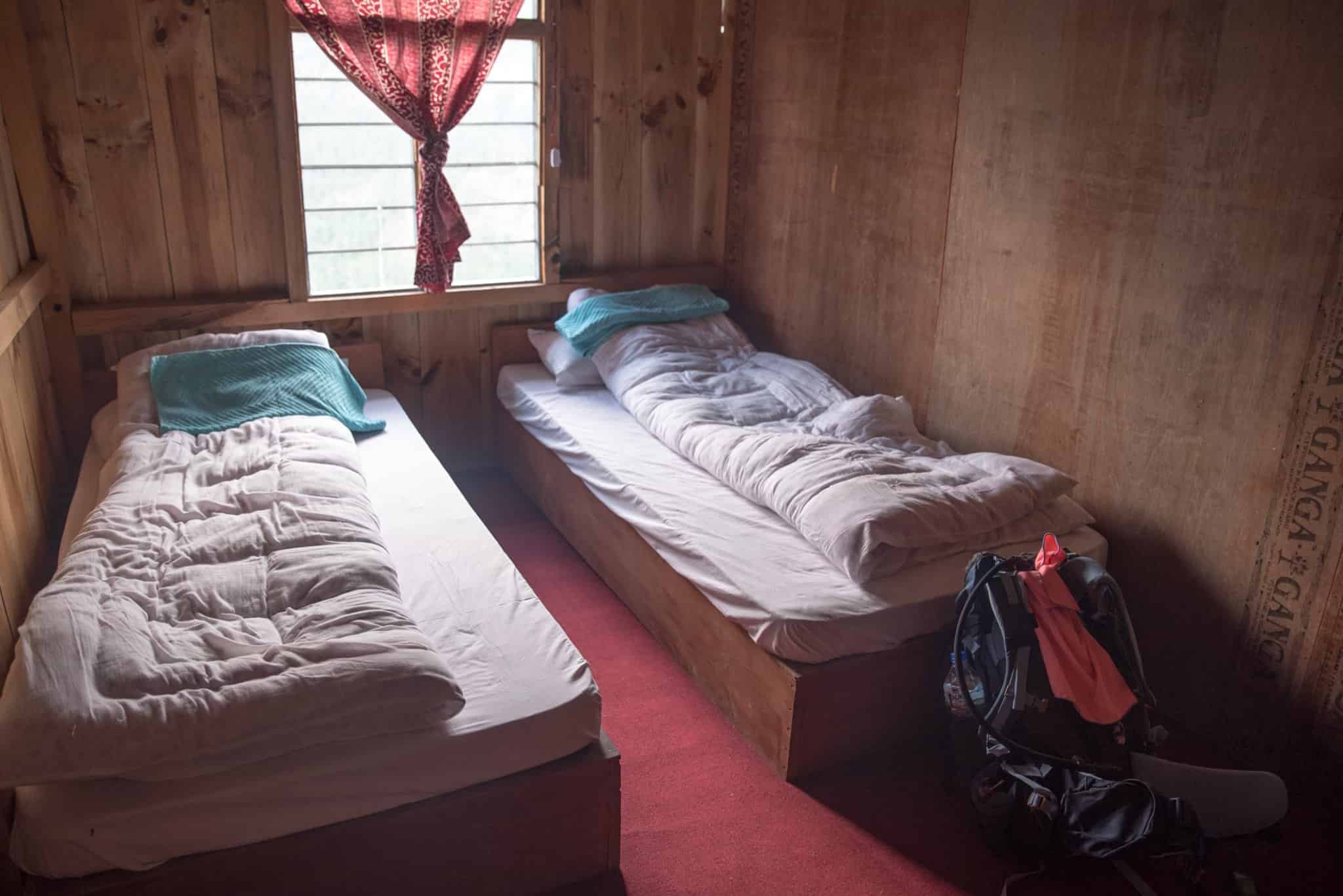
DURING TREKKING TIME
We will be staying at 3-star hotel in Kathmandu and Pokhara (2 nights), standard tea houses during trekking (9 nights) and tents when climbing (4 nights). Most tea house accommodations will only have shared toilet facilities. For tent accommodations, a 4 season sleeping bag and foam mattress will be provided. In climbing sections, toilet facilities will be provided with necessary natural preservation. All accommodations are on twin-shared basis. However, a single room will be provided on request and by paying a single supplement of USD 350. Also, understand that there are several places that do not allow single room accommodation. On paying single supplement, you will get a single room in Kathmandu and Pokhara but sometimes it is feasible only up to Pisang and Manag, Muktinath etc....
MEALS
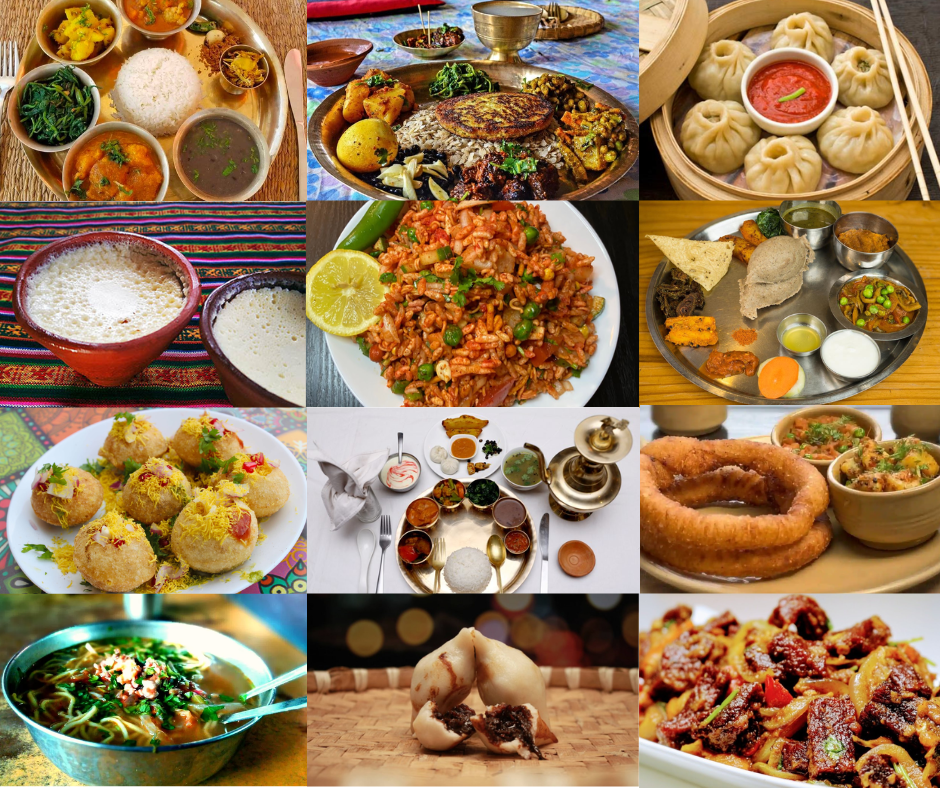
During our Pisang Peak Expedition, we can enjoy traditional Nepali, Tibetan, Indian and the more common continental cuisines. A welcome dinner, a farewell dinner and breakfast will be provided during your stay in Kathmandu. During trekking/climbing, breakfast will be taken in the same place we stay the night. Similar arrangements can also be made for dinner. Lunch will be taken en route to the next destination. During climbing session, hygienic, freshly-cooked food will be provided.
PHYSICAL CONDITION & EXPERIENCE REQUIREMENTS
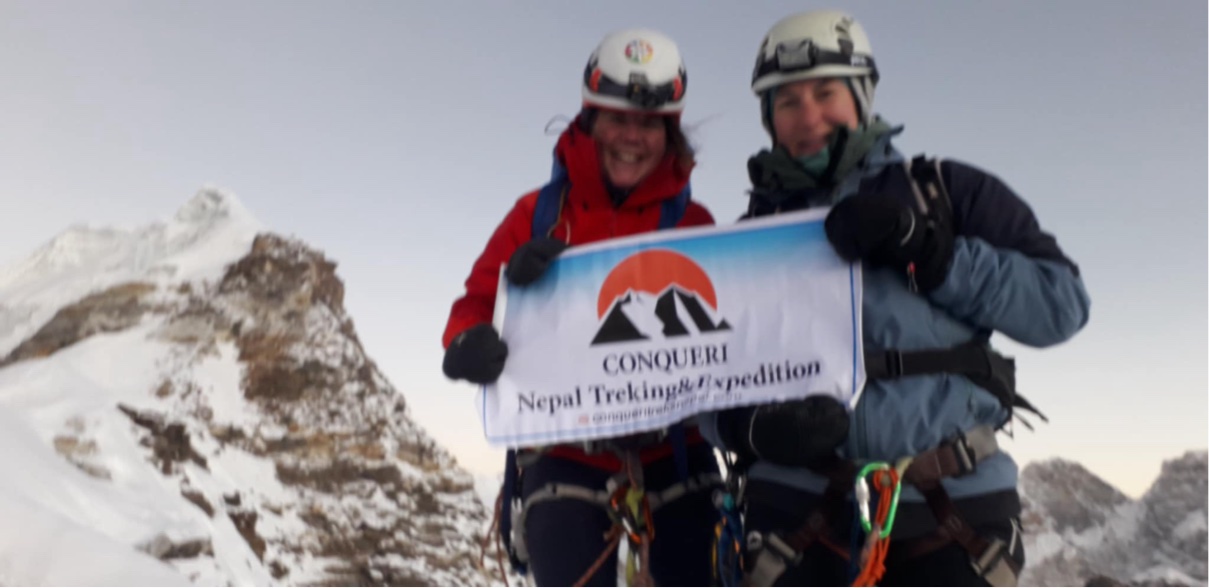
Pisang Peak is not very technical but you are required to have at least some rock climbing or mountain climbing (easier trekking peaks) experience. There will also be a basic training which will help us familiarize us with using climbing equipments. On most days we will be trekking for 5-6 hours a day. On the day of the summit, including your trek back to Pisang Peak base camp, we need to walk climb for 8/9 hours. Therefore, reasonable physical fitness is a must. We can build our strength by jogging everyday for at least four months prior to the beginning of the trip. High altitude trekking experience can be an asset. It is important for participants with pre-existing medical conditions such as heart, lung, and blood diseases to consult their doctor before taking the trip. Also make sure you make your conditions known to Conqueri at the time of booking.
TEAM COMPOSITION
Trekking : While trekking, we will provide you a fully trained, English speaking, experienced trekking guide. Every 4 members are entitled to 1 assistant guide, also 1 porter for every two members to carry the luggage.
Climbing : We will provide you a licensed, English speaking, veteran climbing guide. There is also the provision of assistant guides, for a group size of 2-4 people; there will be 1 main guide and 1 assistant guide. In a group size of 5-8 people, there will be 1 main guide and 2 assistant guides. Finally with a group of 9-12 people, we shall be offering you 1 main guide and 3 assistant guides. Other staff members will include one experienced cook and necessary Sherpa staff, mostly assistants who will assist in setting up camps during the climb.
BEST TIME TO TRAVEL
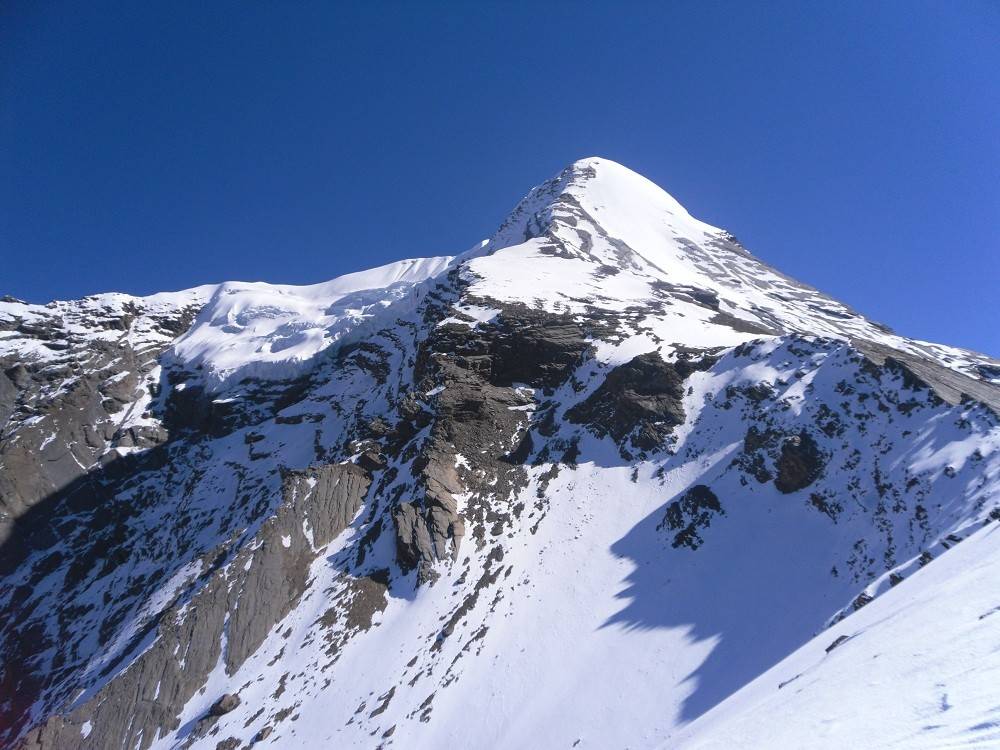
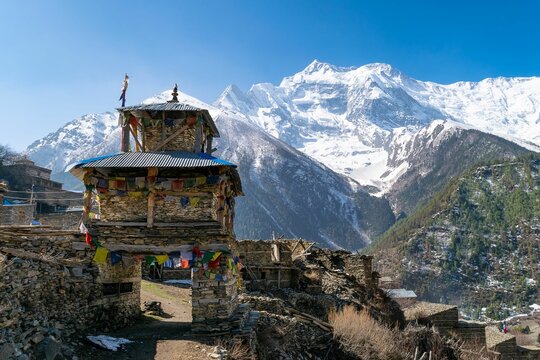
AUTUMN ( SEPTEMBER - NOVEMBER)
Autumn (Sept. to Nov.) and Spring (March to May) are the best seasons for trekking in the Annapurna region. The weather is sunny and warm with outstanding views. If you wish to avoid crowds and enjoy some alone time with nature, then taking this trip during winter (Dec., Jan., Feb.) could also be an option. However, the temperature during winter could be harsh for most guests. Trekking in the summer or monsoon season (June to Aug.)
COST EXCLUDES
- Air Fare: International flight airfare (from and to Kathmandu).
- Nepal entry Visa fee:
- Lunch & Dinner: Lunch & dinner during the stay in Kathmandu (also in case of early return from Trekking / Expedition than the scheduled itinerary).
- Extra night in Kathmandu: Extra nights’ accommodation in Kathmandu. In case of early arrival or late departure, early return from Trekking / Expedition (due to any reason) than the scheduled itinerary.
- Insurance: Travel and high-altitude insurance, accident, helicopter medical & emergency evacuation. *Mandatory
- Rescue Evacuation: Medical and emergency rescue evacuation cost if required. (Rescue, Repatriation, Helicopter, Medication, Medical Tests and Hospitalization costs.)
- Personal Expenses: Telephone, Internet, Toiletries, battery recharge, hot shower, laundry, any Alcoholic beverages (during the trek and in Kathmandu but we will serve soft drinks for members in base camp).
- Personal Equipment: Clothing, Packing Items or Bags, Personal Medical Kit, Personal Trekking /Climbing Gears.
- Toiletries: Soaps, shampoos, toilet and tissue papers, toothpaste, and other items used to keep yourself clean.
- Filming: Special Filming, Camera and Drone permit fee.
- Internet Service: Not included during the trek.

